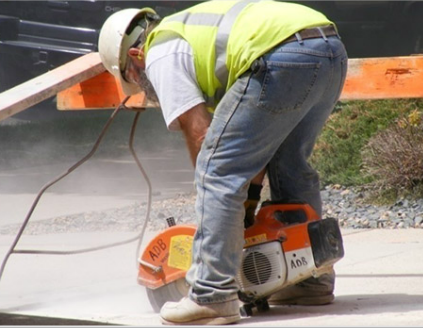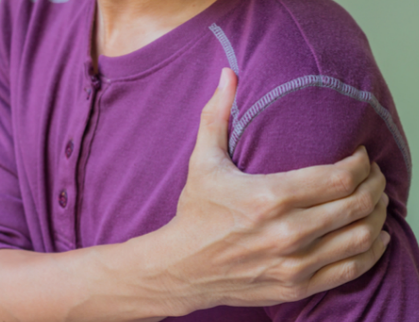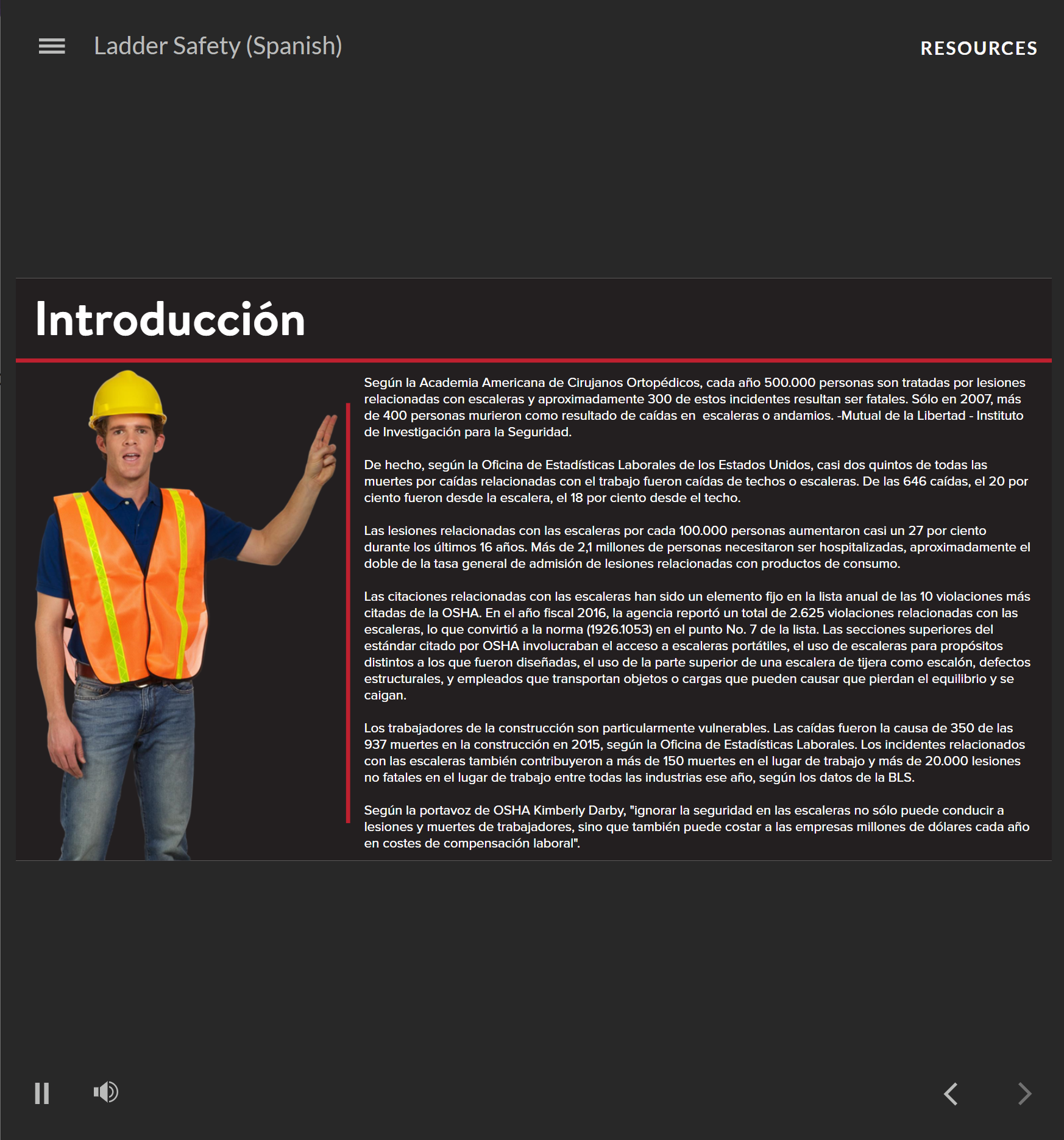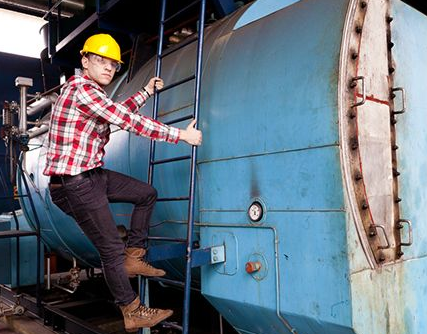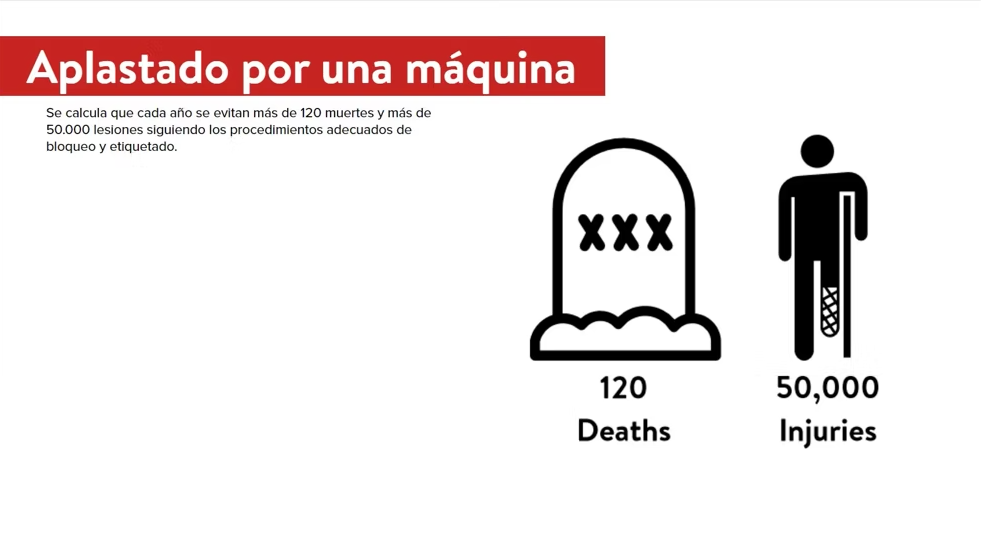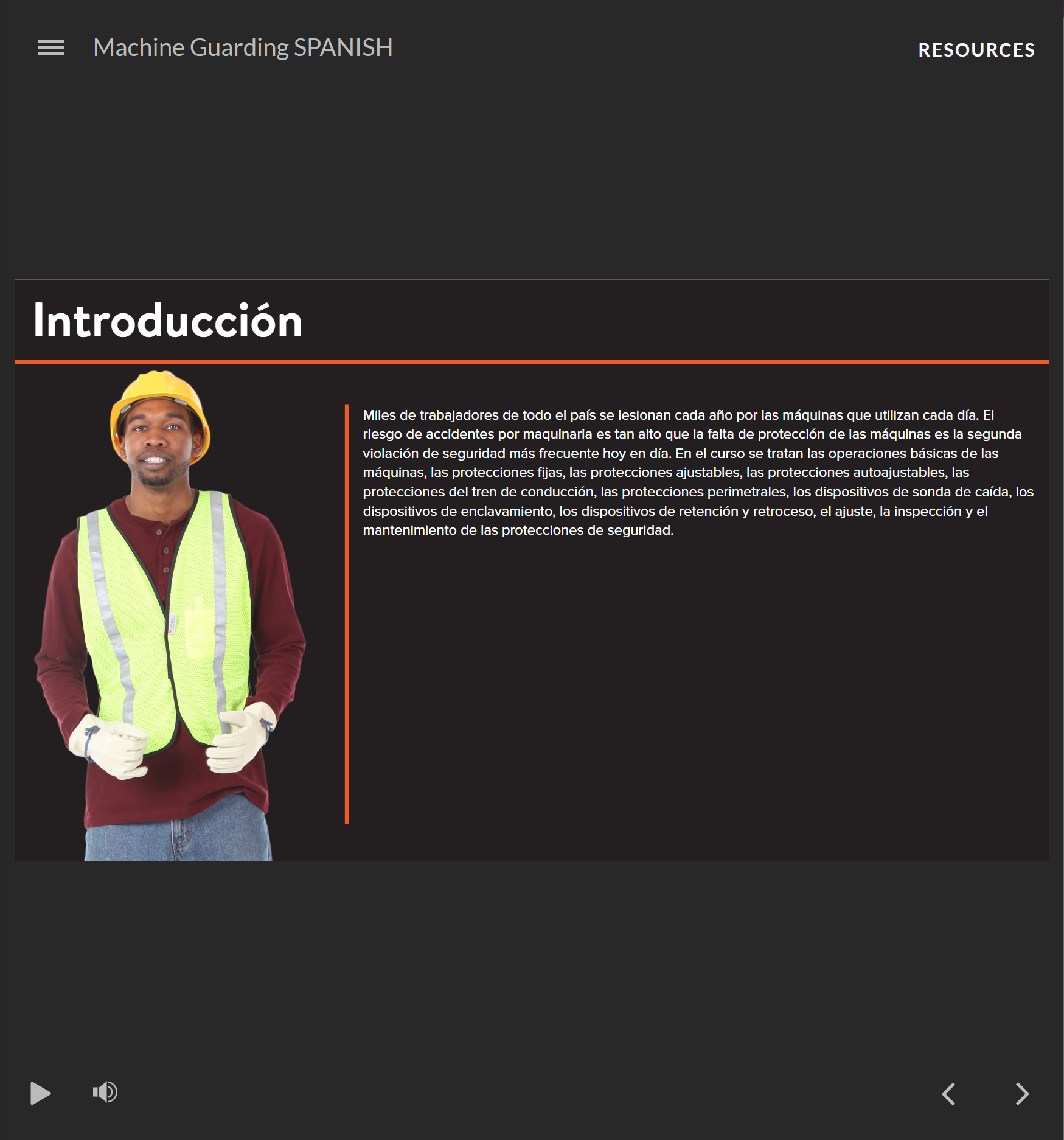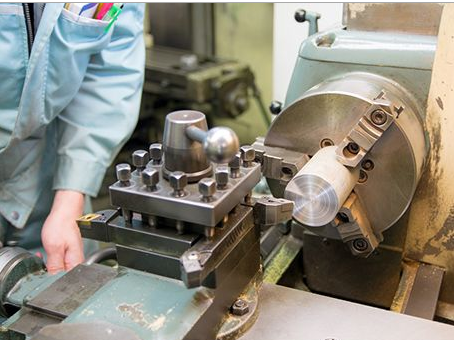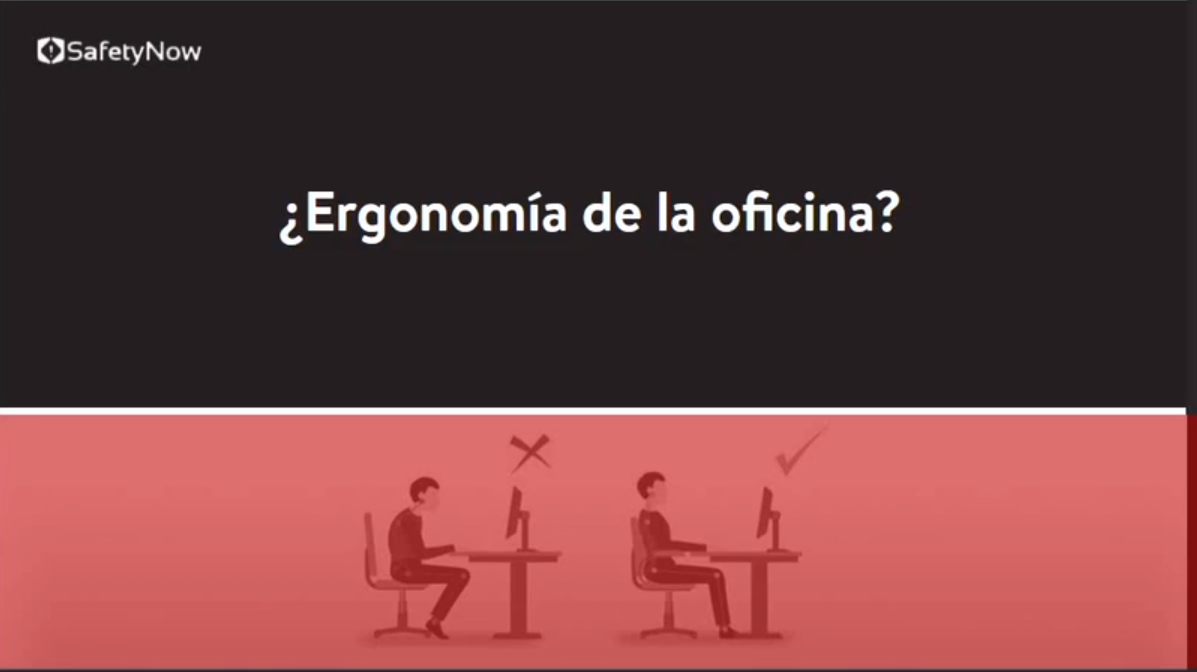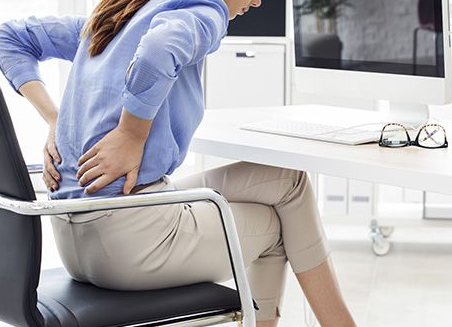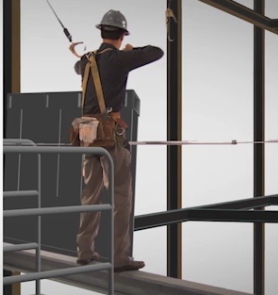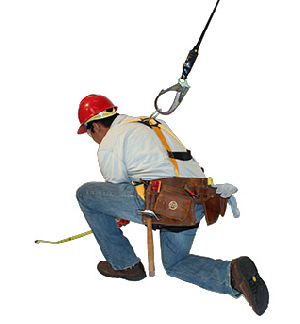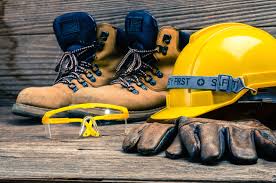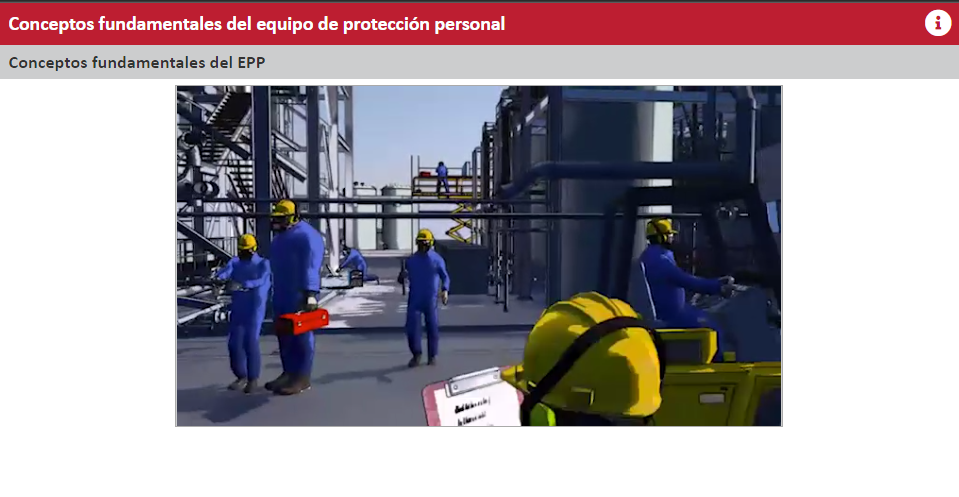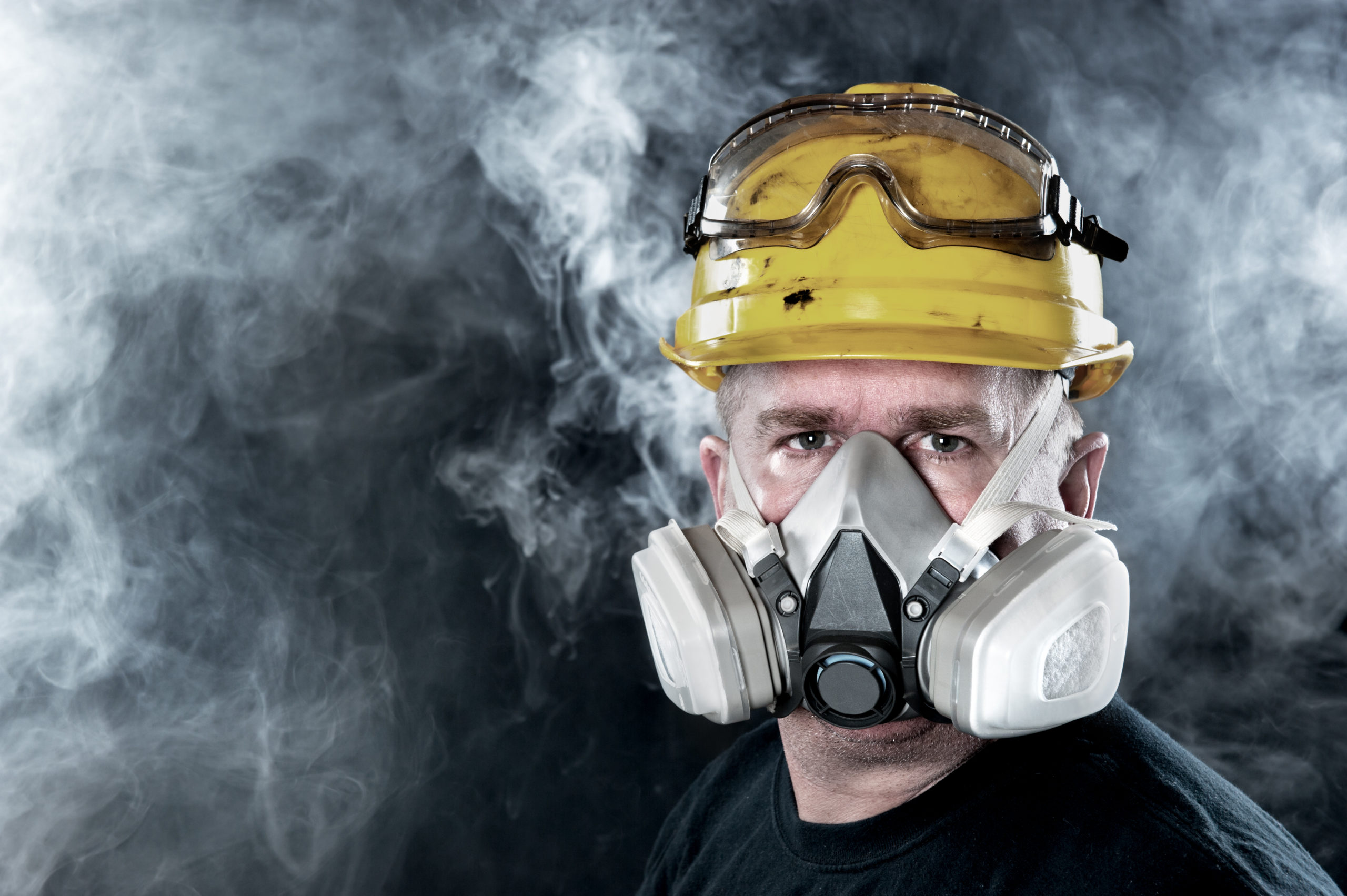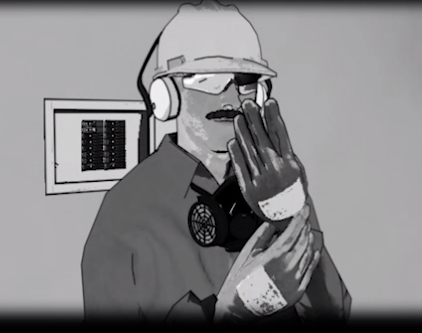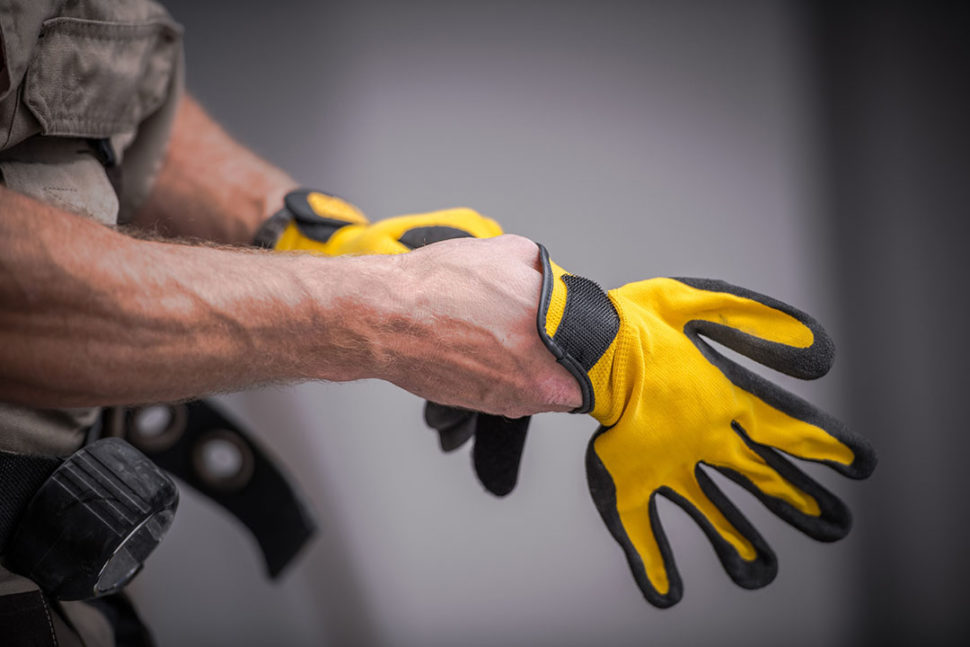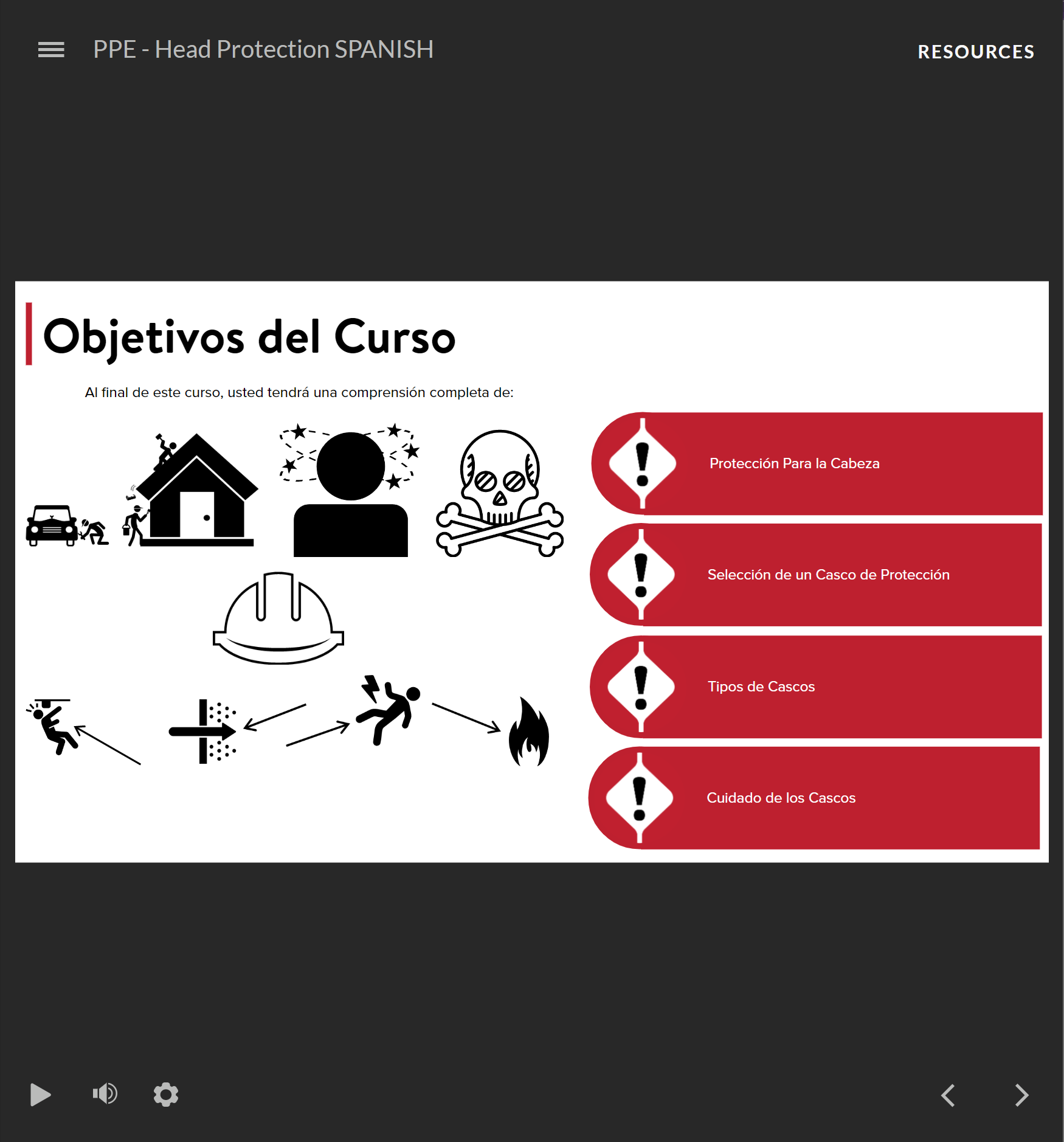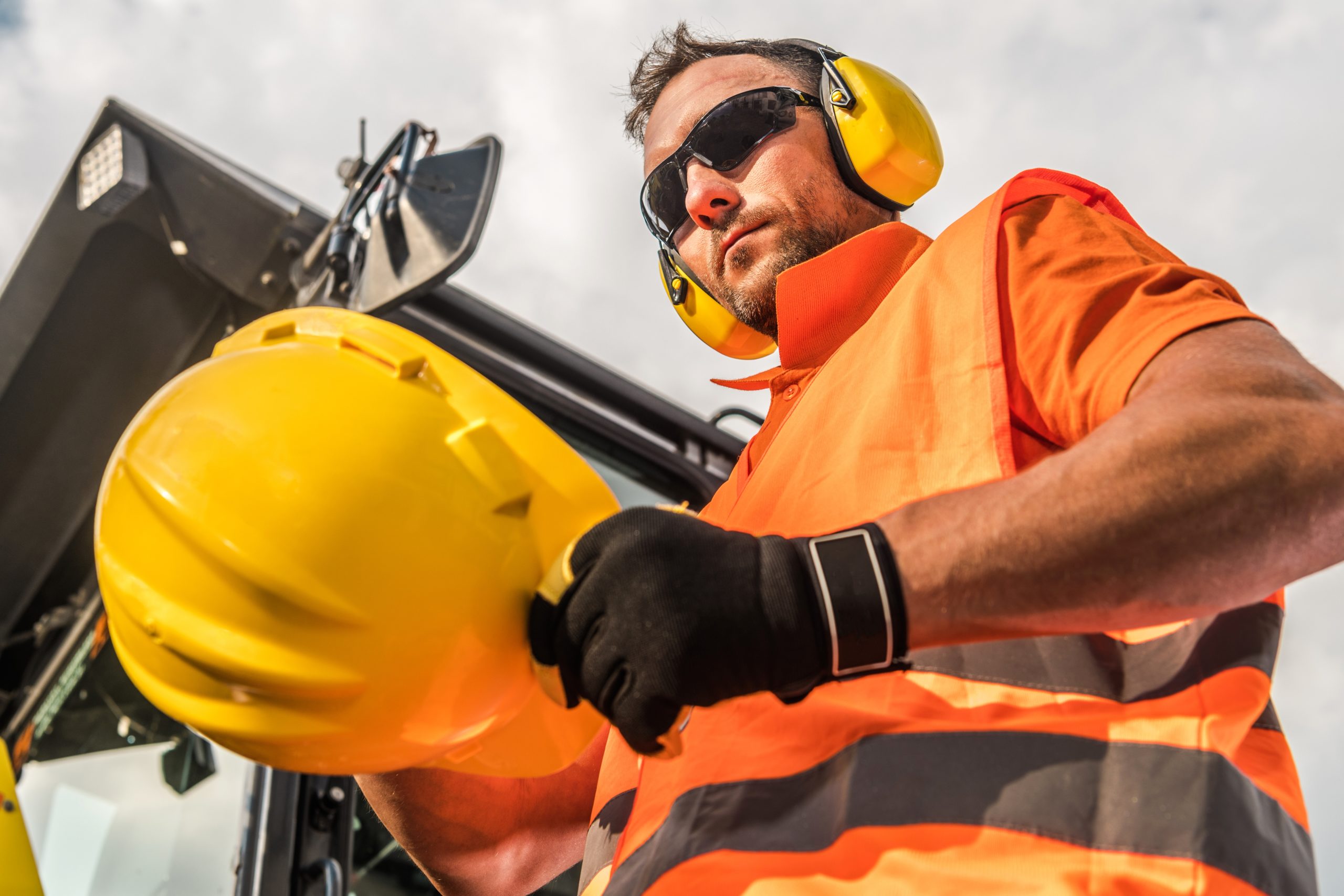-

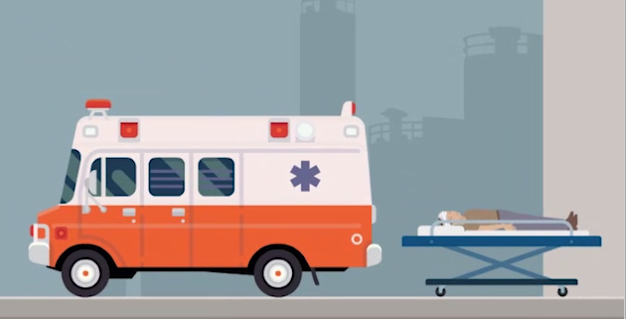 Slips, trips & falls are the 2nd leading cause of workplace deaths. They are also the leading cause of workplace accidents with over 200,000 reported every year. This course will cover what safety laws say about slips, trips & falls, what hazards to look out for and how you can avoid slips, trips and falls when you work.
Slips, trips & falls are the 2nd leading cause of workplace deaths. They are also the leading cause of workplace accidents with over 200,000 reported every year. This course will cover what safety laws say about slips, trips & falls, what hazards to look out for and how you can avoid slips, trips and falls when you work.



